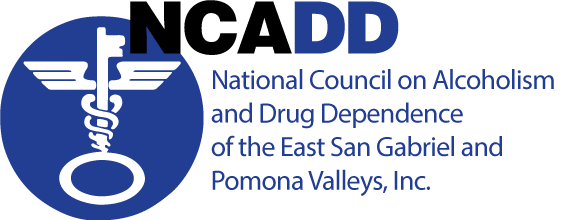NCADD ESGPV Blog
What’s Behind the Addiction Crisis in Rural America?
People in rural America are dying from drug overdoses at a faster rate than Americans who live in other parts of the country, and opioid poisonings in rural counties are increasing at more than three times the rate of increase in urban counties. Why are rural Americans being hit so hard by the opioid crisis?
While many factors contribute to substance misuse and addiction in rural regions of states such as Kentucky, Maine, and West Virginia, several are linked to the recent social and economic decline of rural communities. The dawn of the 21st century brought dramatic and rapid transformations in American rural life. The Great Recession took a significant toll on rural areas where employment dropped and has not yet returned to pre-recession levels. And rural job growth has lagged well behind urban job growth since 2011. Further, economic globalization and the relocation of production jobs overseas caused a shift away from stable and reasonably compensated employment in production to poorly compensated service jobs.
As one might expect, poverty in rural areas is rising. Between 2000 and 2005–2009, the number of non-metro communities with poverty rates exceeding 30 percent increased nearly 50 percent, from 1,125 to 1,666. More than 300 rural counties (15.2 percent of all rural counties) qualify as persistently poor, compared with just 50 urban counties (4.3 percent of all urban counties).
This socioeconomic decline in rural communities has increased the risk of addiction, particularly opioid addiction, among those who live there. For example, the limited available work in rural areas is often physical and sometimes dangerous. As a result, chronic pain and injuries are more common than in urban areas. The cost of taking time off from work to heal is so great that many of the rural poor have come to rely on opioid pain medications just to keep functioning.
The high rate of opioid prescriptions in rural counties has increased the availability of opioids, putting more people at risk for addiction. Those at risk are not just the recipients of the original prescriptions. Diversion is common due to the widespread need for money and the close social and family connections that characterize rural communities. When everyone knows everyone, it’s easy to find someone who is willing to sell their medication.
Young people are choosing to leave rural communities in greater numbers, and this contributes to the social and economic stresses on those who remain. Readily available opioids have become “drugs of solace” that mask physical and emotional pain in a world offering little hope that conditions will improve.
Lower socioeconomic status/poverty in childhood and throughout life increase the risk not only of addiction but of other physical and mental illnesses, compounding whatever genetic or other risk factors might also be present. To effectively address the rapid and disproportionate increase in opioid addiction and overdose deaths in rural America, it is necessary to also address the economic conditions that foster this disparity.
Written by Zoe van Vlaanderen University of Vermont, Class of 2020
References
Buer, Lesly-Marie, Carl G. Leukefeld, and Jennifer R. Havens.
2016 “I’m Stuck”: Women’s Navigations of Social Networks and Prescription Drug Misuse in Central Appalachia. North American Dialogue 19(2):70-84
Burton, Lunda, Daniel Lichter, Regina Baker, and John Eason
2013 Inequality, Family Processes, and Health in the ‘New’ Rural America. American Behavioral Scientist 57(8):1128-1151
Keyes, Katherine M. et. al.
2014 Understanding the Rural-Urban Differences in Nonmedical Prescription Opioid Use and Abuse in the United States. The American Journal for Public Health 104(2):e52-59
Lende, Daniel
2012 POVERTY POISONS THE BRAIN. Annals of Anthropological Practice 36(1):183-201
Lichter, D. T., Parisi, D., & Taquino, M. C.
2012 The geography of exclusion: Race, segregation, and concentrated poverty. Social Problems. 59(3):364–388.
Singer, Merrill.
2008 Drugging the Poor. Illinois: Waveland Press.
2012 Anthropology and addiction: a historical review. Addiction 107(10):1747-1755
Shea, Jeanne
2017 Political Economy of Health. Lecture presented in Anthropology 174: Culture, Health, and Healing. Burlington: University of Vermont, November 13.
USDA
2017 Rural America at a Glance https://www.ers.usda.gov/publications/pub-details/?pubid=85739
When you subscribe to the blog, we will send you an e-mail when there are new updates on the site so you wouldn't miss them.


Comments